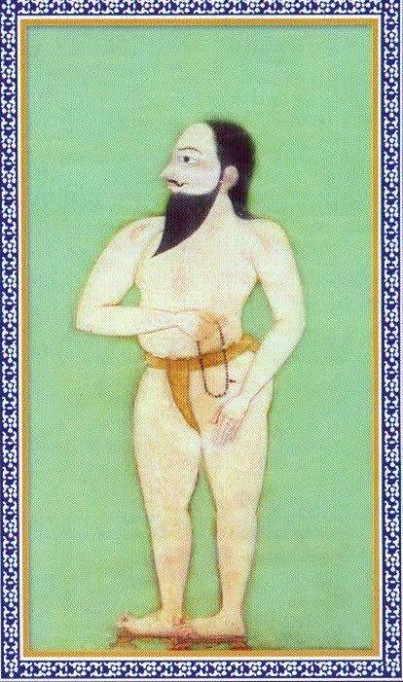Free Courses Sale ends Soon, Get It Now


Free Courses Sale ends Soon, Get It Now



Disclaimer: Copyright infringement not intended.
Context
Background
What do historians say about this?
About Samarth Ramdas
Early Life
Pilgrimage and spiritual movement
Influence
Legacy
MUST READ ARTICLES:
Shivaji: https://www.iasgyan.in/daily-current-affairs/shivaji-maharaj-36
|
PRACTICE QUESTION Q) Which of the following statements with reference to Samarth Ramdas is/are correct? 1. He was a devotee of the Hindu deities Rama and Hanuman. 2. Ramdas initiated the Samarth sect with a mission to unite the Hindu populations.
Correct Answer: 3 |
© 2024 iasgyan. All right reserved